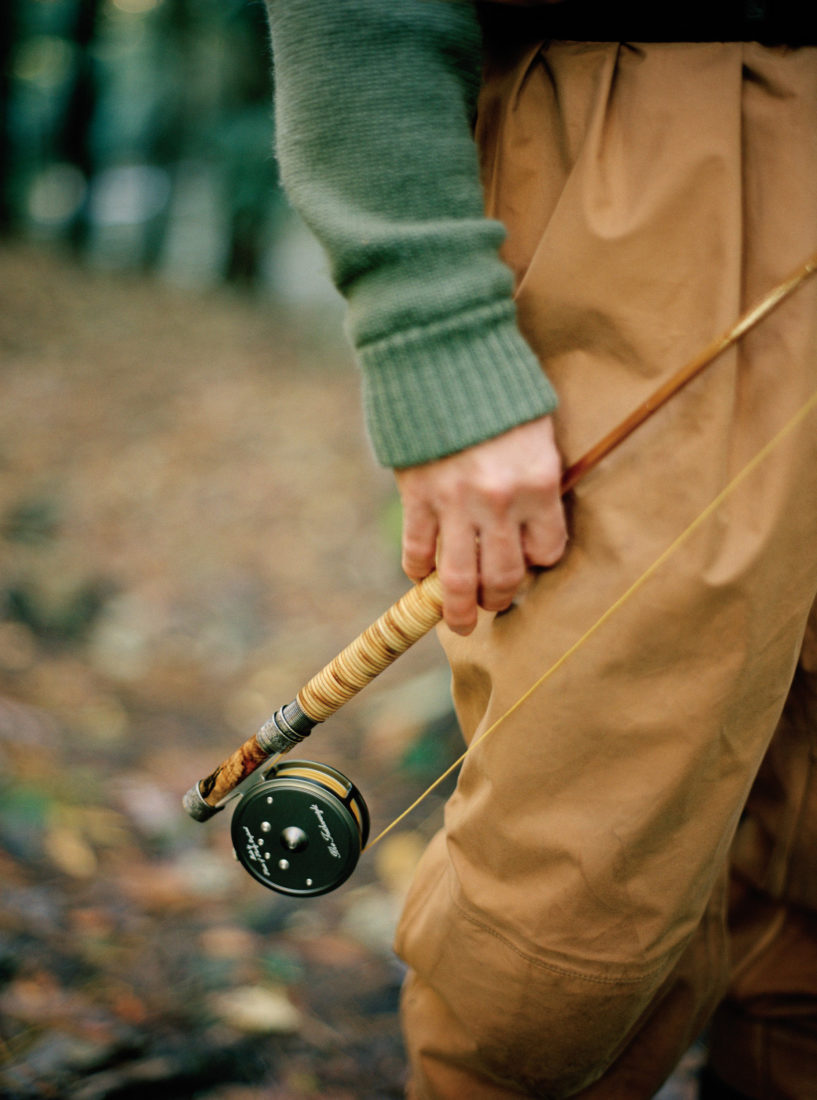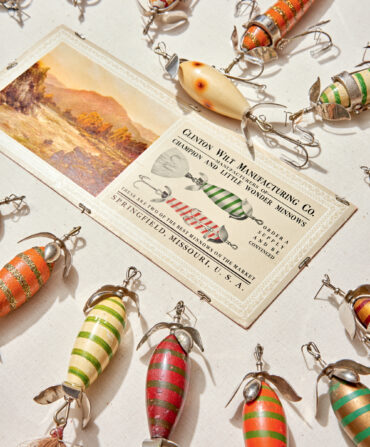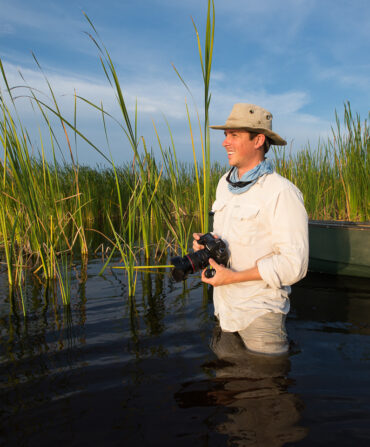For anglers, a bamboo fly rod commands the same misty-eyed reverence that an antique side-by-side evokes among wing shooters. The form was first introduced in the 1800s by American fishermen who waded Appalachian streams that were smaller and more overgrown than their English counterparts. Those narrow mountain waterways demanded shorter, snappier rods—bamboo delivered on both counts. “Fly rods made with newer modern materials are tremendous tools,” says Georgia-raised rod maker Bill Oyster, a 2010 Made in the South Awards winner, “but like a hammer, they are just tools. Your great-grandfather’s bamboo fly rod is an heirloom.”
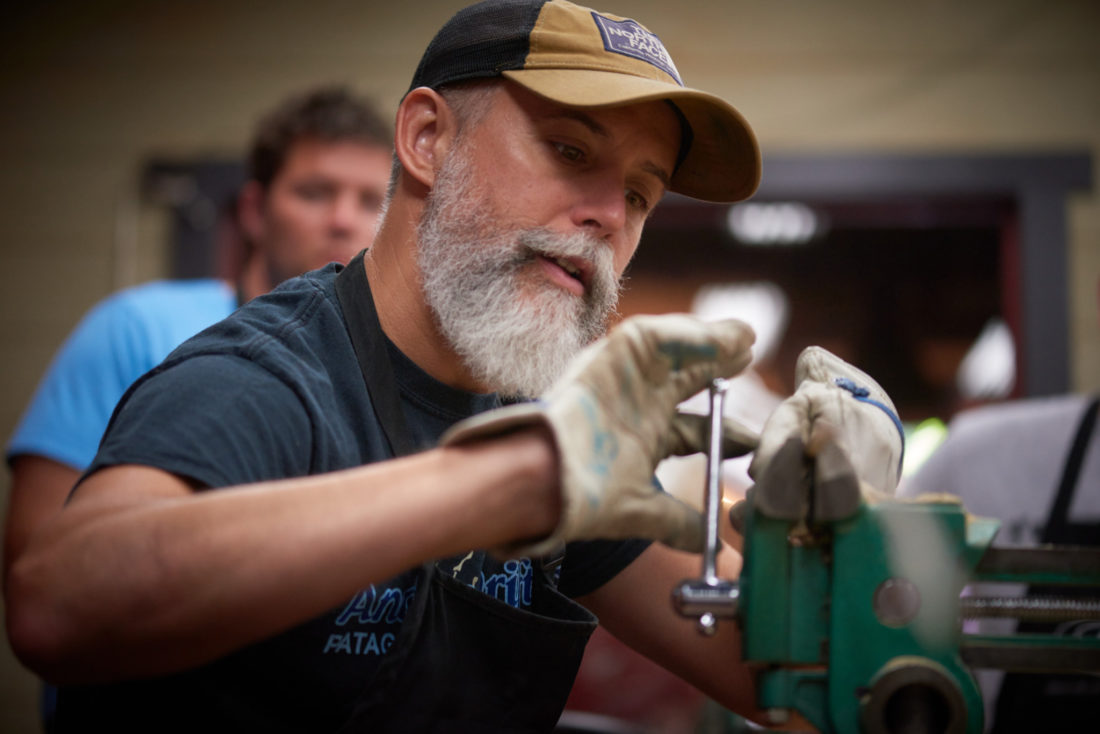
Photo: Courtesy of Oyster Bamboo
Oyster at one of his rod-making classes.
After a biking accident in 1996 derailed Oyster’s professional cycling career, fly fishing became his escape. He spent as much time on the water as he could manage—he guided, taught casting lessons and fly tying, too. The more time he spent knee-deep in the trout streams around his north Georgia home, the more he craved a bamboo rod of his own. But they don’t come cheap; a quality rod costs several thousand dollars. As he saved, Oyster began educating himself. Eventually, he stumbled across an old book, A Master’s Guide to Building Bamboo Fly Rods, that piqued his interest. (Could he avoid the expense and simply build his own?) He dug up a few more tomes on the dying art, but when he began approaching practicing rod makers for insight, he was shut out. “It was a very closed society,” he says. “They were keeping their methods so secret that the craft would have died with them. I thought it was important to keep the tradition alive.”
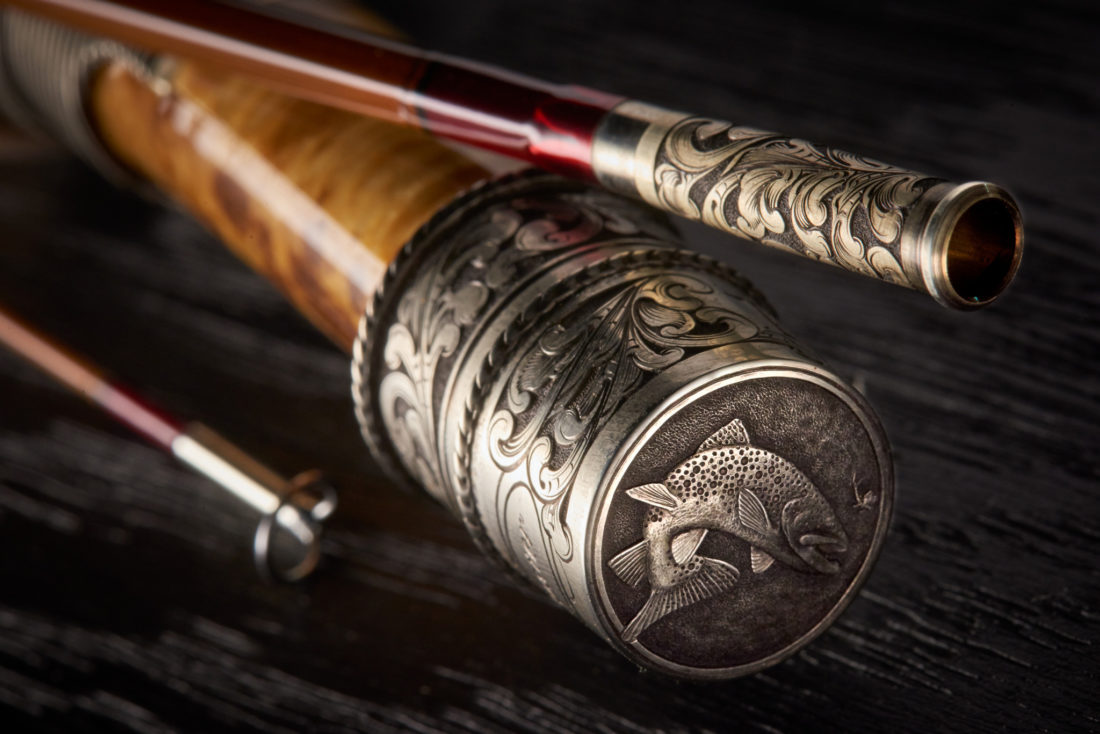
Photo: Courtesy of Oyster Bamboo
A close-up view of the details on an Oyster bamboo rod.
Oyster pressed on, and at twenty-seven, he built his first bamboo fly rod. He sold his second and has had a waitlist ever since. Today, Oyster and his assistant Riley Gudakunst build between forty and sixty rods per year at their Blue Ridge, Georgia, workshop—the bulk of their work is high-end custom orders. Apart from the bamboo, which is imported from a single twenty-square-mile section of southern China, every piece of an Oyster fly rod is sourced domestically—hardwood spacers, elegant rattan grips, gold inlay, and hand engravings are Oyster signatures. He’s also one of the few makers in the world who specializes in bamboo fly rods for saltwater.
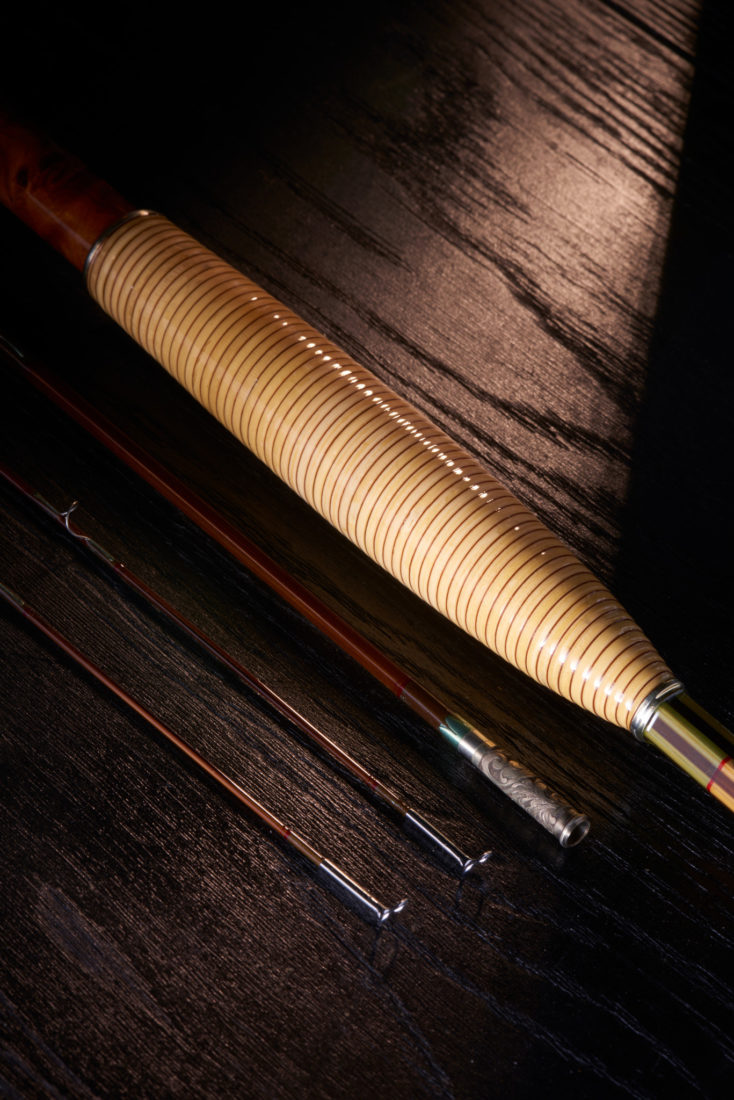
Photo: Courtesy of Oyster Bamboo
An Oyster rod’s rattan grip.
What really sets the Georgia craftsman apart, though, is his willingness to part with his hard-won secrets. “It didn’t feel good not to share,” he says. “Ironically, the school I run has become a really big piece of my business.” Folks travel from as far away as Australia, New Zealand, and Scotland to attend one of the seventeen week-long rod making seminars Oyster conducts each year. With an eight student cap, the classes fill up more than a year in advance. (2017 is booked solid.) Oyster and his wife Shannen also operate a full-time shop on East Main Street in downtown Blue Ridge, where anyone is welcome to pop in and watch him work—whether or not a bamboo fly rod is in the budget.

Photo: Courtesy of Oyster Bamboo
Outside the Oyster Bamboo fly-making shop in Blue Ridge, Georgia.


